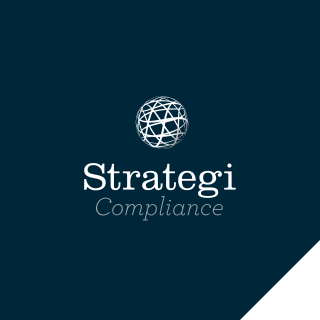The first step in conducting a risk assessment is to understand the relevant regulations that apply to your business. This includes not only New Zealand’s AML/CFT laws but also international regulations, such as the Financial Action Task Force’s (FATF) recommendations. Depending on the nature of your business and the countries you operate in, there may be specific international regulations you need to comply with.
In addition to understanding the regulations themselves, it is also essential to keep up to date with any changes or updates to the regulations. AML/CFT regulations are constantly evolving, and what may have been acceptable a year ago may no longer be compliant. Keeping up to date with these changes will help your stay ahead of potential risks and ensure ongoing compliance.
Once you understand the relevant regulations, the next step is to conduct a thorough risk assessment specific to your business. This includes identifying potential risks and vulnerabilities within the business taking into account factors such as your products and services, customer base, geographic locations, and transaction types.
There are several steps involved in conducting a risk assessment, these include:
- Identifying potential risks: This involves reviewing your business operations and identifying any areas where there may be potential risks, such as high-value transactions or customers in high-risk jurisdictions.
- Assessing the likelihood and impact of risks: Once potential risks have been identified, it’s essential to assess the likelihood and impact of each risk. This involves considering factors such as the likelihood of the risk occurring, the potential impact on the business, and the consequences of not mitigating the risk.
- Prioritising risks: Based on the likelihood and impact of each risk, it’s important to prioritise them and focus on the most significant risks first.
- Developing mitigation strategies: Businesses should develop mitigation strategies for each identified risk. This may involve implementing internal controls or procedures to reduce the likelihood of the risk occurring, or it may involve monitoring and reporting on specific activities to detect potential money laundering or terrorist financing.
- Implementing effective controls and procedures: Once risks have been identified and mitigation strategies have been developed, the final step is to implement effective controls and procedures. This involves putting in place measures to mitigate identified risks and ensure ongoing compliance with AML/CFT regulations. Effective controls and procedures should be tailored to the specific risks identified in the risk assessment and should be regularly reviewed and updated to ensure they remain effective.
Get in touch with our team today if you have any questions or need help with your AML/CFT risk assessment, policies and procedures.


